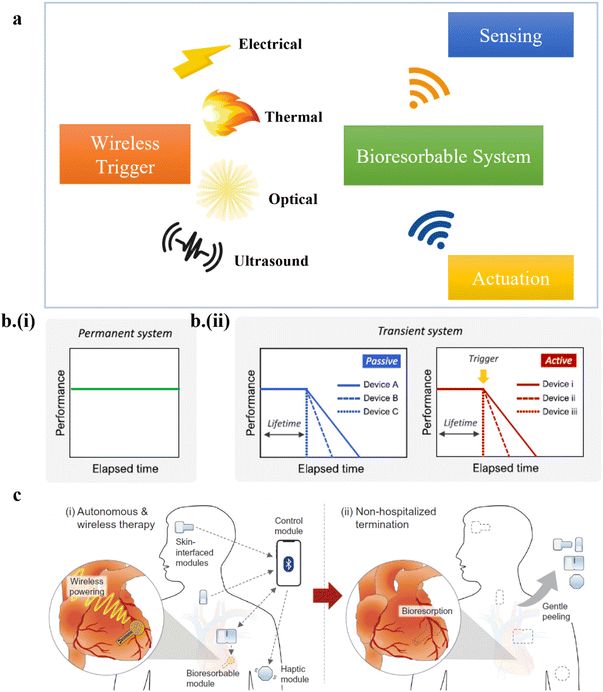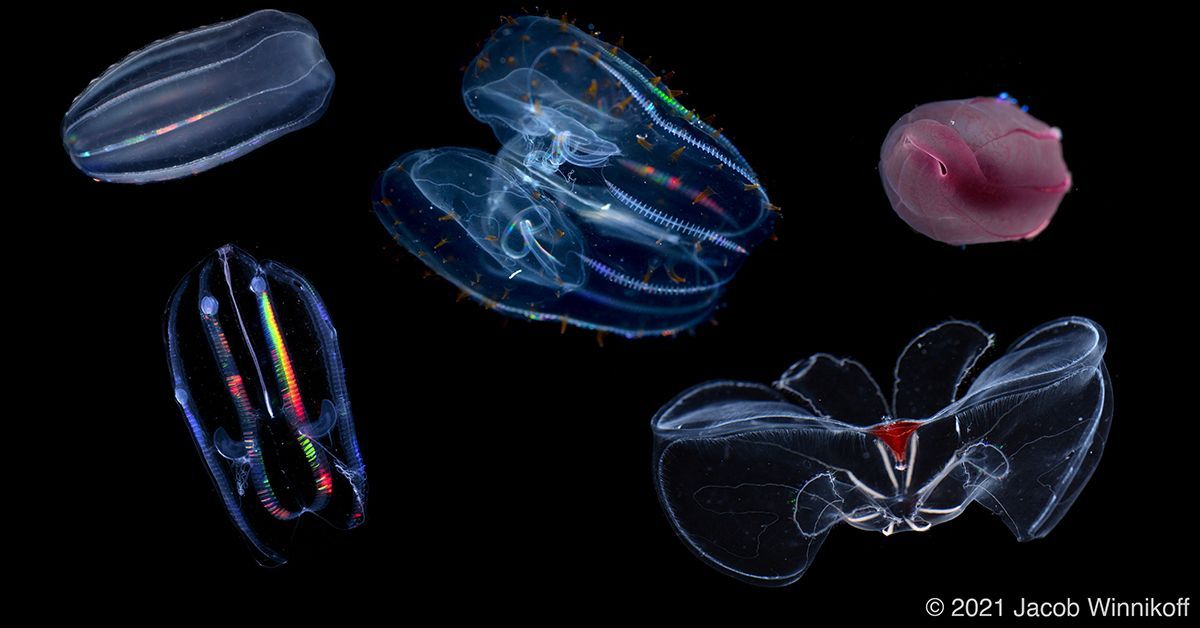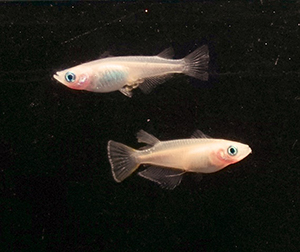2024-06-27 ペンシルベニア州立大学(PennState)
<関連情報>
- https://www.psu.edu/news/engineering/story/biodegradable-electronics-may-advance-ability-control-dissolve-rate/
- https://onlinelibrary.wiley.com/doi/full/10.1002/adfm.202403427#adfm202403427-bib-0003
- https://pubs.rsc.org/en/content/articlehtml/2005/v6/d2nr06068j
ソフトで生分解性のエレクトロニクスを極めて効率的にカプセル化する材料とデザイン Materials and Designs for Extremely Efficient Encapsulation of Soft, Biodegradable Electronics
Gwan-Jin Ko, Heeseok Kang, Won Bae Han, Ankan Dutta, Jeong-Woong Shin, Tae-Min Jang, Sungkeun Han, Jun Hyeon Lim, Chan-Hwi Eom, So Jeong Choi, Yelynn Ryu, Woon-Hong Yeo …
Advanced Functional Materials Published: 08 May 2024
DOI:https://doi.org/10.1002/adfm.202403427

Abstract
Effective encapsulation is essential for reliable operation of bio-integrated electronics, particularly those containing dissolvable elements, under humid environments for desired periods of time; however, conventional inorganic or organic encapsulants often suffer from tissue-incompatible mechanical rigidity and insufficient water-barrier performance. Here, a mechanically resilient and efficient encapsulation strategy is proposed that can exceed a functional lifetime of state-of-the-art soft encapsulations by several tens of magnitudes. The exceptional protection arises from the high aspect ratio of dissolvable yet impermeable inorganic fillers embedded within biodegradable polymers, which significantly extend the diffusion length of biofluids or water components. Theoretical modeling and experimental analysis elucidate the effects of types, shapes, and concentrations of the fillers on encapsulation performance, as well as mechanical/physical properties. The operation of electronic components under aqueous solutions for prolonged periods demonstrates the practical feasibility of the encapsulation approach for versatile types of soft, biodegradable electronics.
トランジェント・エレクトロニクスのバイオメディカル応用への道 Pathway of transient electronics towards connected biomedical applications
Ankan Dutta and Huanyu Cheng
Nanoscale Published:9th January 2023
DOI:https://doi.org/10.1039/D2NR06068J

Abstract
Transient electronic devices have shown promising applications in hardware security and medical implants with diagnosing therapeutics capabilities since their inception. Control of the device transience allows the device to “dissolve at will” after its functional operation, leading to the development of on-demand transient electronics. This review discusses the recent developments and advantages of triggering strategies (e.g., electrical, thermal, ultrasound, and optical) for controlling the degradation of on-demand transient electronics. We also summarize bioresorbable sensors for medical diagnoses, including representative applications in electrophysiology and neurochemical sensing. Along with the profound advancements in medical diagnosis, the commencement of therapeutic systems such as electrical stimulation and drug delivery for the biomedical or medical implant community has also been discussed. However, implementing a transient electronic system in real healthcare infrastructure is still in its infancy. Many critical challenges still need to be addressed, including strategies to decouple multimodal sensing signals, dissolution selectivity in the presence of multiple stimuli, and a complete sensing–stimulation closed-loop system. Therefore, the review discusses future opportunities in transient decoupling sensors and robust transient devices, which are selective to a particular stimulus and act as hardware-based passwords. Recent advancements in closed-loop controller-enabled electronics have also been analyzed for future opportunities of using data-driven artificial intelligence-powered controllers in fully closed-loop transient systems.


